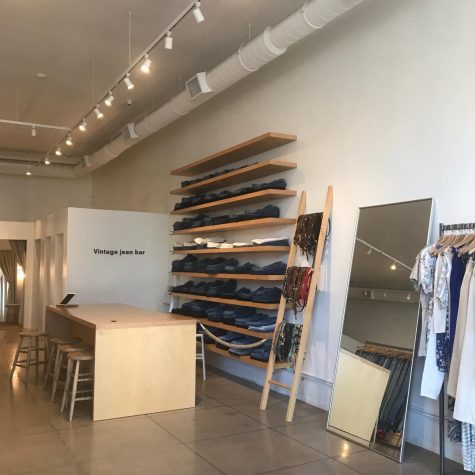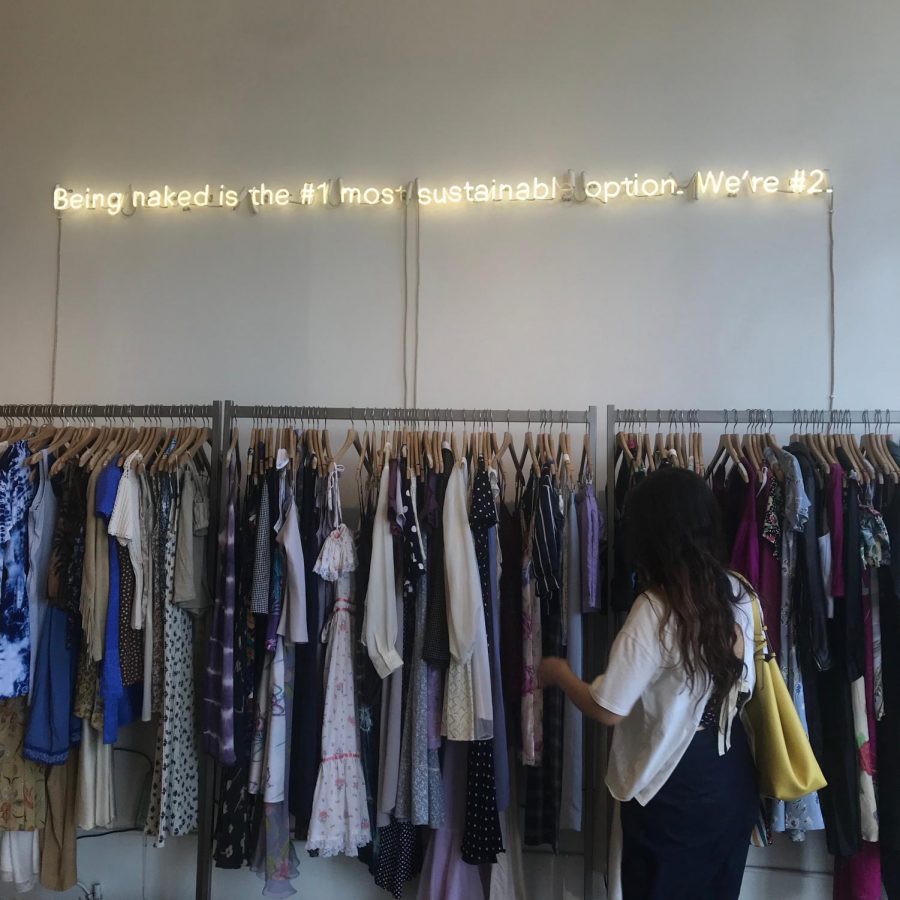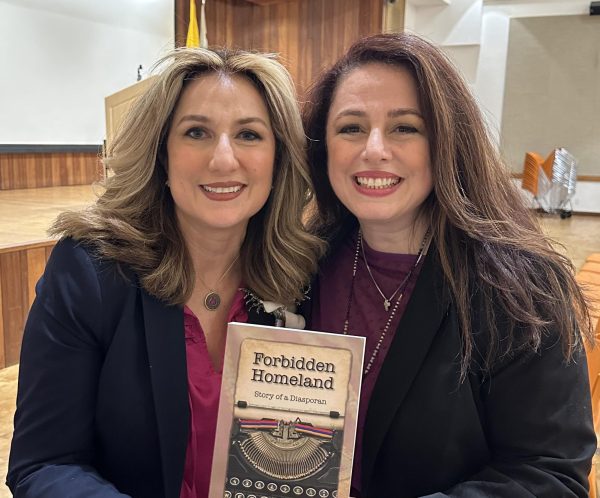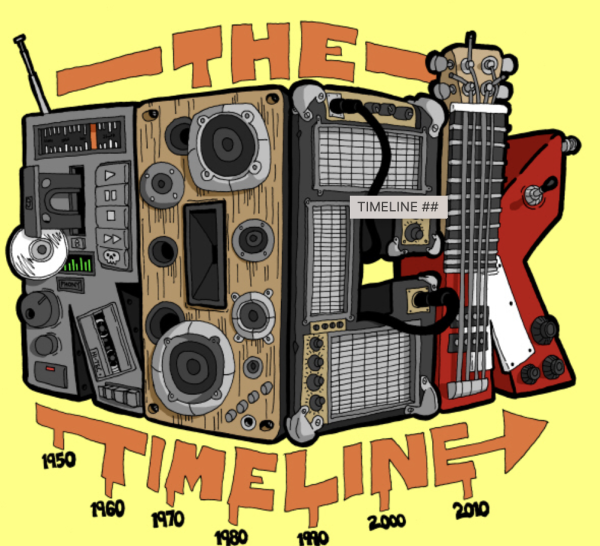From High-End Brands to Thrift Stores
The Rise of Sustainable Fashion
Picture of the Reformation Vintage store in Los Angeles, California, one of the many sustainable fashion brands.
September 25, 2019
After years of ignoring the guilt about buying from Forever 21, H&M, Urban Outfitters, and all those other corporate brands whose clothes associated with fast fashion, a new trend is finally pushing for change.
Youtubers, actors, and influencers alike are promoting sustainable fashion, or “clothing, shoes, and accessories that are manufactured, marketed and used in the most sustainable manner possible, taking into account both environmental and socio-economic aspects” according to Green Strategy.
Sustainable fashion aims to do the opposite of fast fashion, with a focus on being environmentally friendly, often with recycled fabrics, compostable resources and minimizing harmful pollution.
Brands such as Reformation, BITE, and House of Sunny—just to name a few—are the forerunners of sustainable fashion. They have a critical few factors in common: minimalistic websites, promises of transparency and sustainability, limited availability and (usually) exorbitant prices.
Reformation, for example, has multiple pages on sustainability under their “About” tab, covering everything from “sustainable practices,” “wash smart,” and “sustainable travel guide.” Their tab about “sustainable practices” boasts all the indicators of sustainable fashion, such as quarterly sustainability reports, paper hangers, compostable bags, and local manufacturing. Their dedication to sustainability is admirable and attracts customers from all around the world that want to be a part of the solution to fast fashion.

Picture of the vintage jeans bar inside the Reformation Vintage Store in Los Angeles, California.
But all of that does come at a price. Their dresses cost a few hundred dollars, one of the most pricey being their Bastille Dress priced at $528. Similarly, BITE has similar dedications to sustainability with prices reaching over a thousand dollars for a dress
Such prices, of course, do leave people wondering if they need to blow their entire paychecks to wear clothes that don’t destroy the environment. It also creates an unnecessary gap between those who can afford high-end sustainable fashion and those who can’t.
But while there’s certainly nothing stopping anyone from spending hundreds or thousands of dollars on sustainable pieces, the association of sustainable fashion with luxury is largely ignoring the far more practical and accessible version of dressing sustainably: thrifting.
Buying and wearing thrifted clothes is one of the easiest, cheapest ways to take part in the sustainable fashion movement and contribute to saving the earth. Thrifting allows for reuse of clothing without any new resources to create it and contributes towards reducing the 10.5 million tons of clothing that are thrown away yearly in the United States. It also prevents pollution, including the pollution of water and the creation of greenhouse gases.
“Thrifting is definitely a fun and affordable way to shop more sustainably,” agrees Sarah Chen (12) “My friends and I always find great pieces when we go together.”
Essentially, luxury sustainable fashion brands and thrift shopping are all part of the same movement, one that is finally pushing consumers to become more aware of where their clothes are coming from. Whether it’s through spending all that money on expensive sustainable brands or simply taking a trip to the local thrift store, consumers should try to take part in preserving the earth through sustainable fashion.























